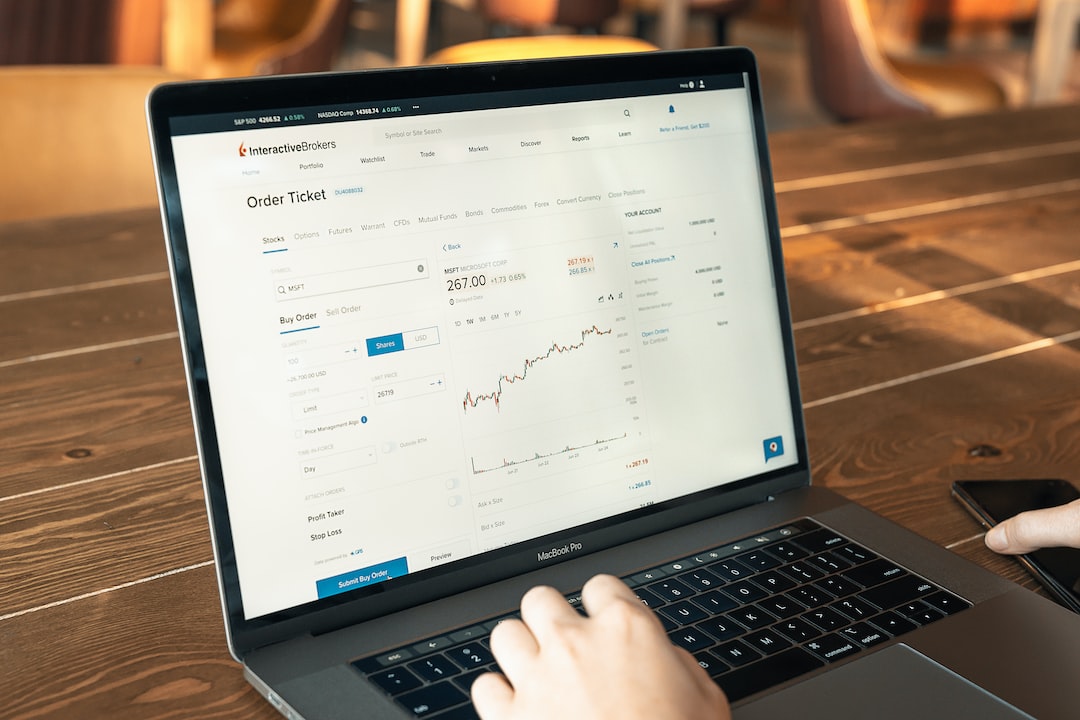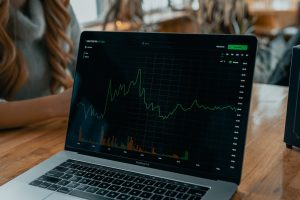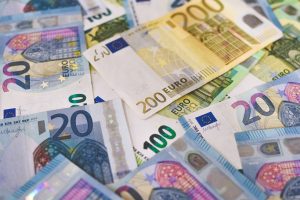The foreign exchange market, also known as Forex or FX, is one of the largest and most liquid markets in the world. This market is open 24 hours a day, 5 days a week, and trades over $5 trillion daily. In order to make successful trades in such a fast-paced environment, traders need to have access to the best tools and resources available to them. One of the most critical tools for Forex traders is the Forex indicator. In this article, we will explain what Forex indicators are and what the best Forex indicator is.
What are Forex indicators?
Forex indicators are mathematical calculations based on the price and/or volume of a currency pair. These indicators are used to analyze the market and help traders make informed decisions about when to enter or exit a trade. Forex indicators can be divided into two categories: lagging indicators and leading indicators.
Lagging indicators are based on past data and provide traders with information about what has already happened in the market. These indicators are useful for confirming trends or identifying support and resistance levels. Examples of lagging indicators include moving averages, Bollinger bands, and the relative strength index (RSI).
Leading indicators, on the other hand, provide traders with information about what is likely to happen in the market in the near future. These indicators are used to identify potential trend reversals or to predict market movements. Examples of leading indicators include the stochastic oscillator, the Ichimoku cloud, and the momentum indicator.
What is the best Forex indicator?
The best Forex indicator is subjective and depends on the trader’s trading style, preferences, and risk tolerance. There is no one-size-fits-all solution when it comes to Forex indicators, and traders must experiment with different indicators to find the ones that work best for them.
That being said, there are a few Forex indicators that are widely used and considered to be some of the best in the industry. These indicators include:
1. Moving averages: Moving averages are one of the most popular lagging indicators used in Forex trading. They are used to identify trends and provide traders with support and resistance levels. Moving averages are calculated by averaging the price of a currency pair over a specific period of time. The most commonly used moving averages are the 50-day and 200-day moving averages.
2. Relative Strength Index (RSI): The RSI is a momentum oscillator used to measure the strength of a currency pair’s price action. It is a leading indicator that helps traders identify overbought and oversold conditions in the market. The RSI ranges from 0 to 100, and readings above 70 indicate overbought conditions while readings below 30 indicate oversold conditions.
3. Fibonacci retracements: Fibonacci retracements are based on the Fibonacci sequence and are used to identify potential support and resistance levels in the market. Traders use these retracements to determine where to enter or exit a trade. Fibonacci retracements are calculated by dividing the distance between two significant price levels by the key Fibonacci ratios of 23.6%, 38.2%, 50%, 61.8%, and 100%.
4. Bollinger bands: Bollinger bands are a lagging indicator used to identify potential trend reversals. They consist of three lines: a moving average in the middle, and two standard deviation lines above and below the moving average. Traders use Bollinger bands to identify overbought and oversold conditions in the market.
5. Ichimoku cloud: The Ichimoku cloud is a leading indicator that provides traders with a comprehensive view of the market. It consists of five lines that provide traders with support and resistance levels, trend direction, and momentum. The Ichimoku cloud is used to identify potential trend reversals and to confirm the strength of a trend.
Conclusion
Forex indicators are essential tools for traders looking to make informed decisions in the foreign exchange market. The best Forex indicator is subjective and depends on the trader’s trading style, preferences, and risk tolerance. However, there are a few indicators that are widely used and considered to be some of the best in the industry, including moving averages, RSI, Fibonacci retracements, Bollinger bands, and the Ichimoku cloud. Traders must experiment with different indicators to find the ones that work best for them and combine them with other tools and resources to create a successful trading strategy.





